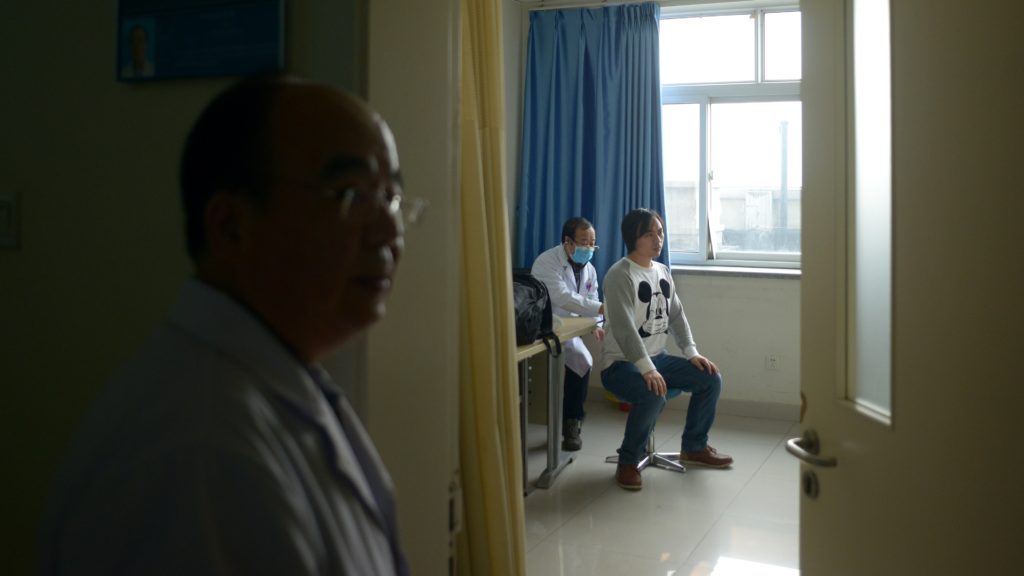China, with its huge population and its position as the second-largest pharmaceutical market in the world, should be poised to become a world leader in clinical trials for new drugs and devices. But it isn’t quite ready for that.

Nearly all clinical research sites in China are hospitals. Because of that, clinical trial participants are treated exactly the same way as regular patients.
Problems with protecting clinical trial participants, inadequate clinical trial infrastructure, and poor transparency make China an unreliable country in which to conduct a clinical trial. As a clinical research professional with more than a decade of global industry experience, I’ve seen clinical trials conducted in many countries but have yet to work with a U.S. company that has opted to conduct a clinical trial in China.
Protecting human subjects is a fundamental part of clinical trials. When deciding where to conduct one, pharmaceutical and medical technology companies must select countries that have adequate protections in place. China has had issues and challenges with protecting human subjects for years. A historical lack of clinical research infrastructure in China has led to problems adhering to Good Clinical Practice, the international gold standard for maintaining ethical and quality standards in clinical trials.
As an example, nearly all clinical research sites in China are hospitals, as there are no private practices. Because of that, clinical trial participants are treated exactly the same way as regular patients. That’s a problem because study staff — who are regular hospital employees — don’t have experience complying with Good Clinical Practice, putting the trial’s integrity, not to mention patient protection, at risk.
Another concern is the transparency of clinical research. Several documented cases of falsified or fraudulent clinical data have emerged from China in the past few years. That prompted China’s Food and Drug Administration (CFDA) to launch an initiative in 2015 to inspect more than 1,600 new drug applications that were pending approval. This initiative uncovered a mass of inauthentic data, and the CFDA was forced to withdraw or reject around 90 percent of those applications. Since then, the CFDA has required applicants to include a self-inspection report for each clinical trial. That should help minimize fraudulent data and increase transparency.
Despite new Chinese laws and regulations aimed at improving the conduct of clinical trials and protecting trial participants, issues with quality, proper oversight, and adherence to these protections still remain.
On the surface, the current protections appear to be in line with the Good Clinical Practice guidelines established by the International Conference on Harmonization. But a closer look reveals some big differences in the way these laws are followed. For instance, the new laws generally aren’t enforced, and there are no detailed guidelines for ensuring informed consent, an essential part of clinical trial participation.
China recently joined the International Conference on Harmonization as a regulatory member. According to the U.S. FDA, China has pledged “to gradually transform its pharmaceutical regulatory authorities, industry, and research institutions to implement the international coalition’s technical standards and guidelines.”
The Good Clinical Practice guidelines, while helpful in standardizing the ethical oversight of clinical trials, can be subject to interpretation. When implementing these guidelines in problematic countries such as China, trial sponsors must go above and beyond to ensure adherence and responsibility for the ethical conduct of their trials. Recent regulations have put more layers of oversight in place, including the pledge by China to implement International Conference on Harmonization recommendations, but we have yet to see if this will have any real effect on the overall quality of clinical trials being conducted there.
Part of the issue is that clinical trial investigators have substantial power in Chinese society, and they are the ones who are relied upon to interpret the regulations. CFDA officials, instead of acting as overseers, typically follow the investigators’ interpretation.
On paper, the protections of clinical trial participants that China has put in place are becoming more and more sufficient. And its membership in the International Conference on Harmonization and pledge to enact its Good Clinical Practice guidelines should help improve protection of human research subjects. Yet the actual implementation of these protections, laws, and regulations remains inadequate.
If a U.S. pharmaceutical company asked me today if it should conduct a clinical trial in China, I would say no. How I would answer next year, or the year after, will depend on whether China can improve its protection of human clinical trial participants, increase transparency, and establish a clear delineation of clinical research infrastructure.
China could someday become a global clinical trial mecca. But it has a lot of work to do before that happens.
Anne Poli is a senior consultant with expertise in clinical trial management at Halloran Consulting Group in Boston.
